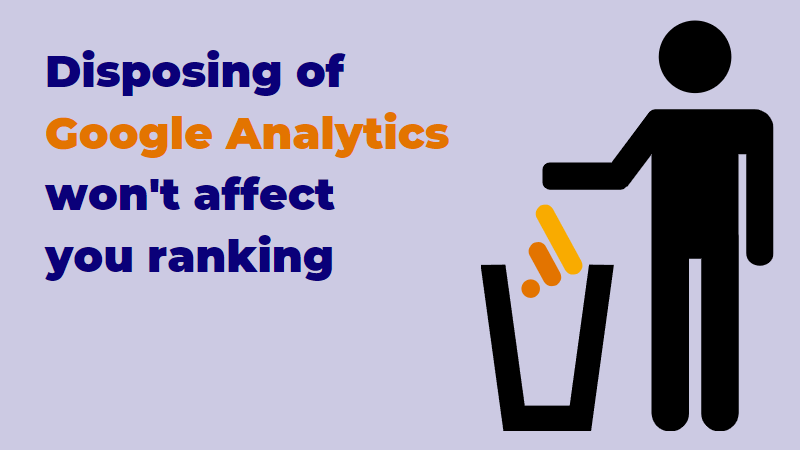Yes, it is plausible that privacy web analytics can be reliable. Privacy web analytics offers a way to get the insights you need while staying on the right side of the law.
Privacy web analytics can be effective even if the information they collect is anonymous and not tied to the user. The data that they collect is used simply to help improve your website, not provide information about the user demographics or identity. You can still get an idea about how users interacts without your website without being overly invasive and tracking their behaviour on the Internet. This makes it a more humane form of web analytics than using cookies, which could be revealed by a user’s browser settings.
Using private and compliant web analytics, like Wide Angle Analytics, allows you to opt out of using cookie banners on your website. Cookie banners are annoying and intrusive to most users. If done right, Cookie Banner will allow your visitors to press “Reject All” and become virtually invisible to you. Cookie-based web analytics are technically more accurate, but when combined with laws and regulations, they become a source of major gaps in your traffic data.
The information that is collected by web analytics can be used to improve your product, or business. For example, if you discover that a large portion of your visitors are from outside the United States, it may mean that your website content needs to be translated into other languages.
You could also use this information to determine what countries have the highest conversion rates and focus on those areas when redesigning your site.
Web analytics can also be used to track user activity on your website. This can help you identify issues with visitors and determine what areas of your website need improvement. For example, if you notice that users don’t spend much time on your blog, maybe it’s because the content isn’t relevant to them, or they are having trouble finding what they are looking for.
Because no website exists in a vacuum, a good, and reliable web analytics can help you identify the source of traffic beyond geography. For example, it is critical to understand which Social Media or which Marketing Channel, such as e-email, generates the most or the least of the traffic to your website. Wide Angle Analytics, with is built-in link tracking and link parameters support, will show you a performance for each channel. This was you can adjust messaging where it is underperforming, or double-down where it already works.
None of this requires Personal Data nor Personally Identifiable Information (PII). You don’t need to pinpoint traffic or activity to an individual to understand channel performance. Nor is it important when optimizing for mobile experience rather than desktop. It is plausible to get valuable and actionable information with privacy-first web analytics.
Privacy-friendly web analytics, such as Wide Angle Analytics, with or without cookies, can yield the following information without consent:
How many times a given page was viewed.
- Approximate geographical location; reporting to a region/province level is specific enough to be of value without infringing on privacy.
- Source of traffic, also known as referring website. Modern web browsers will only share information if both websites, source and destination, agree to do it.
- Device which was used to browse the website. Mobile, Tablet, or Desktop. And also if the user uses a specific web browser.
No Cookie Banners. Resilient against AdBlockers.
Try Wide Angle Analytics!
More advanced web analytics, like Wide Angle Analytics, will also include:
- Reliably approximate unique users without personal data.
- Bounce Rate and information about traffic leads to good or great engagement.
- Time spent on the website.
- Record and visualize information about custom actions such as button or form clicks and even downloads of specific files.
- Improve reliability by avoiding being muted by unfair Adblockers.
In conclusion, yes you can have privacy analytics and still have reliable, valuable insights into your customers’ behaviour, wants and needs.



